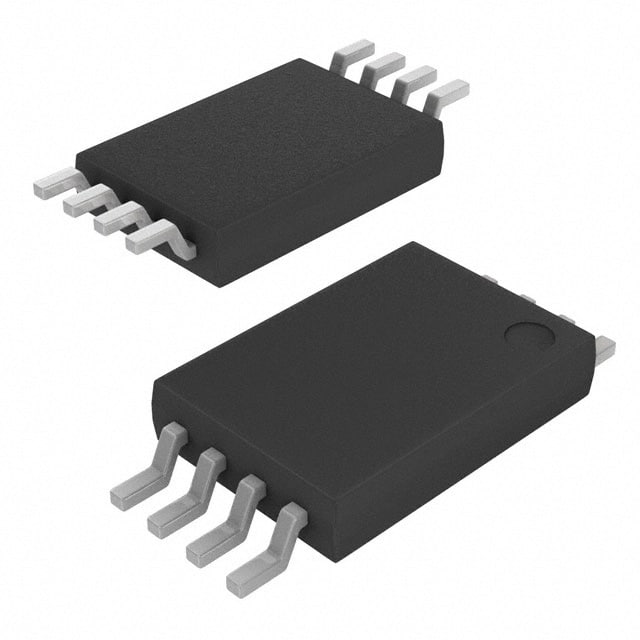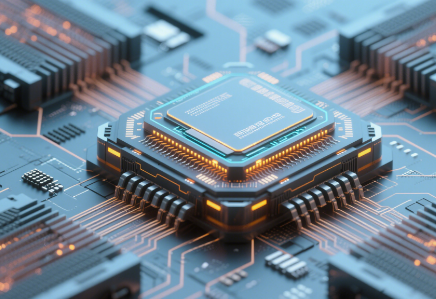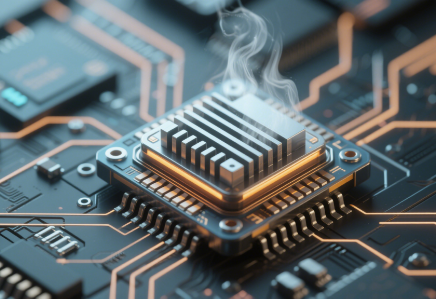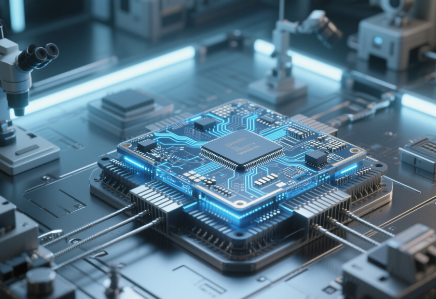Unveiling the Secrets Behind Miniaturized Energy Storage Solutions
In the relentless pursuit of higher power density in energy storage, the industry has witnessed a convergence of material science breakthroughs and engineering ingenuity. This third installment delves deeper into how cutting-edge solutions are redefining the boundaries of miniaturized energy storage, addressing not only technical challenges but also sustainability imperatives.
One of the most significant advancements lies in the realm of electrode architecture. Traditional planar electrodes are being replaced by 3D hierarchical structures, leveraging nanotechnology to maximize surface area without sacrificing compactness. For instance, vertically aligned nanowire arrays enable faster ion diffusion paths, reducing charge transfer resistance and enhancing overall power output. Research shows that such nanostructured electrodes can increase the rate capability of lithium - ion batteries by up to 300%, allowing for rapid charging and discharging cycles crucial for high - performance applications.

The integration of artificial intelligence (AI) in material design has also revolutionized the search for high - performance electrode materials. Machine learning algorithms analyze vast datasets of material properties, predicting combinations with optimal power density and stability. This data - driven approach has accelerated the discovery of new composite materials, such as graphene - silicon carbide hybrids, which combine the electrical conductivity of graphene with the mechanical strength of silicon carbide. These composites mitigate the volume expansion issues of silicon anodes, extending battery cycle life while maintaining high energy density.
Beyond lithium - ion chemistries, flow batteries are emerging as a viable solution for grid - scale energy storage with high power density requirements. Unlike traditional batteries, flow batteries store energy in liquid electrolytes that circulate through an electrochemical cell. This design allows for independent scaling of power and energy capacity, enabling easy adaptation to various grid demands. Vanadium redox flow batteries, in particular, have demonstrated remarkable stability over thousands of cycles, with some prototypes achieving power densities of up to 400 W/L. Their ability to store and release large amounts of energy quickly makes them ideal for stabilizing intermittent renewable energy sources like solar and wind.
However, the path to achieving true power density revolution is paved with complex challenges. One major obstacle is the trade - off between energy density and power density. Materials and designs that enhance one often compromise the other. For example, while high - surface - area electrodes boost power, they can lead to increased self - discharge rates and reduced overall energy storage capacity. Another critical issue is thermal management. As power density increases, so does the heat generated during charging and discharging. Ineffective thermal management can lead to thermal runaway, a potentially catastrophic failure mode. To address this, advanced cooling technologies, such as micro - channel cooling plates and phase - change materials, are being integrated into battery packs to maintain optimal operating temperatures.
From an environmental perspective, the quest for power density must also consider the entire life cycle of energy storage devices. The extraction and processing of raw materials, such as cobalt and lithium, have significant environmental and social impacts. Industry initiatives are now focusing on developing closed - loop recycling systems. These systems aim to recover valuable metals from end - of - life batteries, reducing the reliance on virgin materials. Some innovative recycling methods, like electro - chemical dissolution and solvent extraction, can achieve metal recovery rates of over 90%, making battery recycling not only environmentally friendly but also economically viable.
In conclusion, the power density revolution in miniaturized energy storage is a multi - faceted journey that requires continuous innovation across materials science, engineering, and sustainability. As we navigate the challenges and opportunities ahead, the development of next - generation energy storage solutions will not only power the electronics of tomorrow but also play a pivotal role in the global transition to a clean energy future.
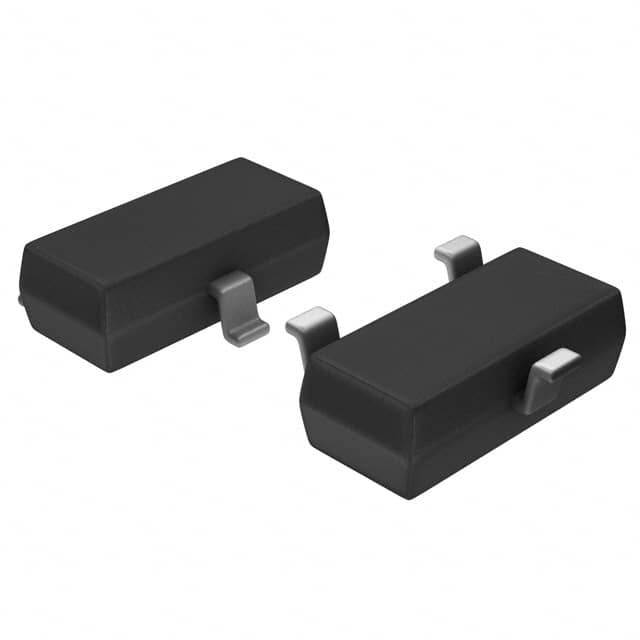
-
AT21CS01-STUM10-T Microchip Technology
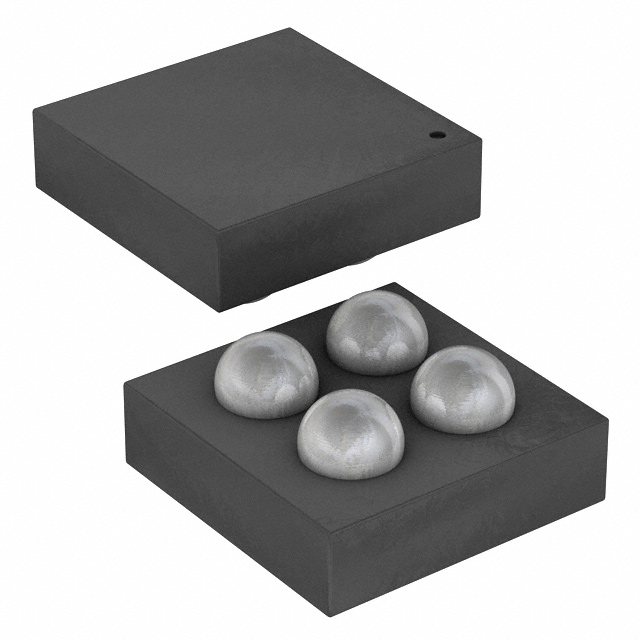
-
AT24CSW010-UUM0B-T Microchip Technology
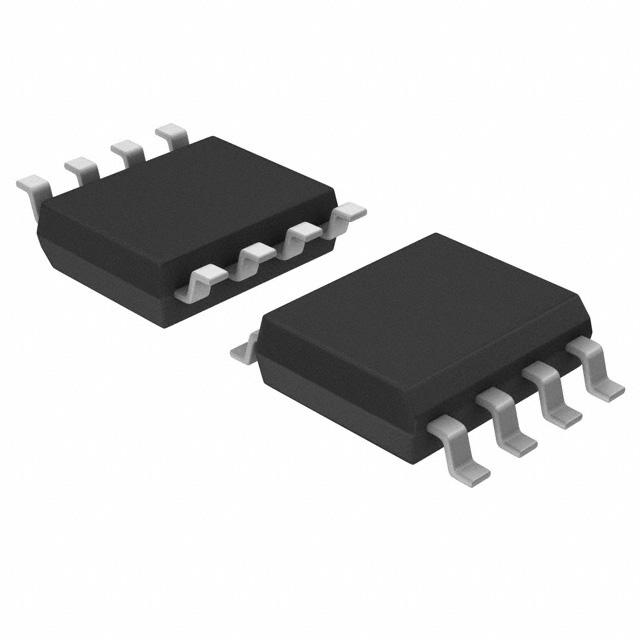
-
MX25R1635FM1IL0 Macronix
-
AT24C128C-XHM-T Microchip Technology
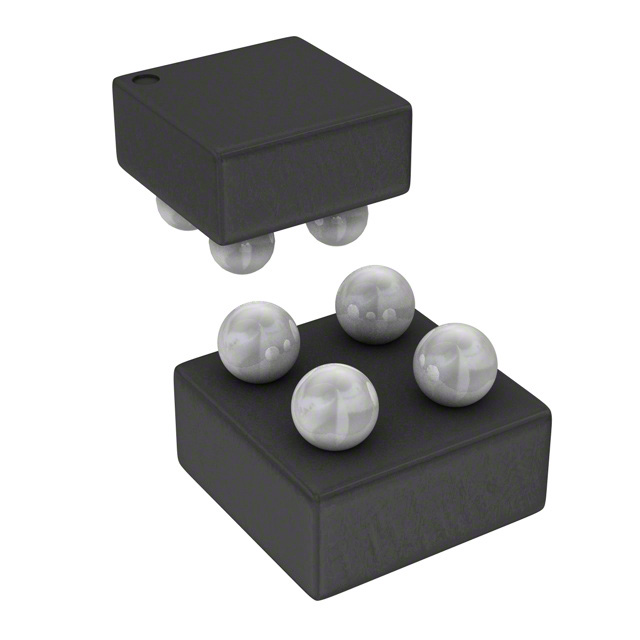
-
M24128X-FCU6T/TF STMicroelectronics

-
ATSHA204A-STUCZ-T Microchip Technology

